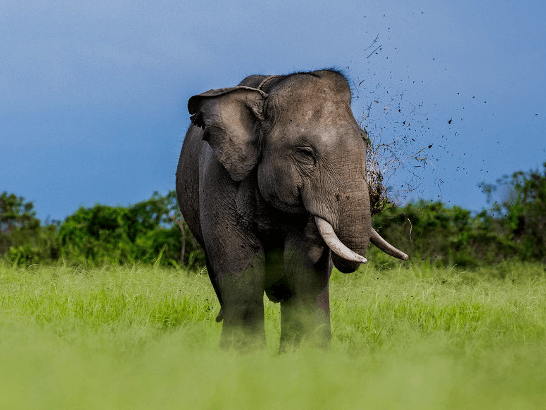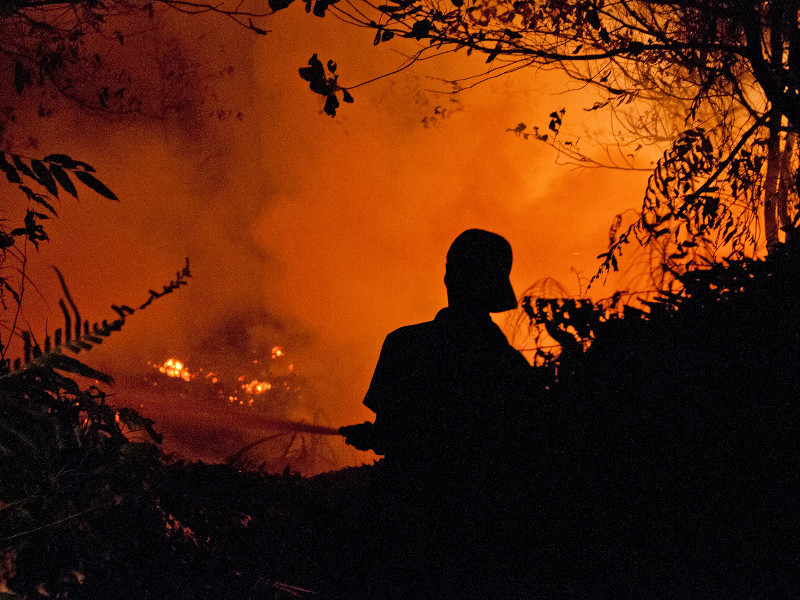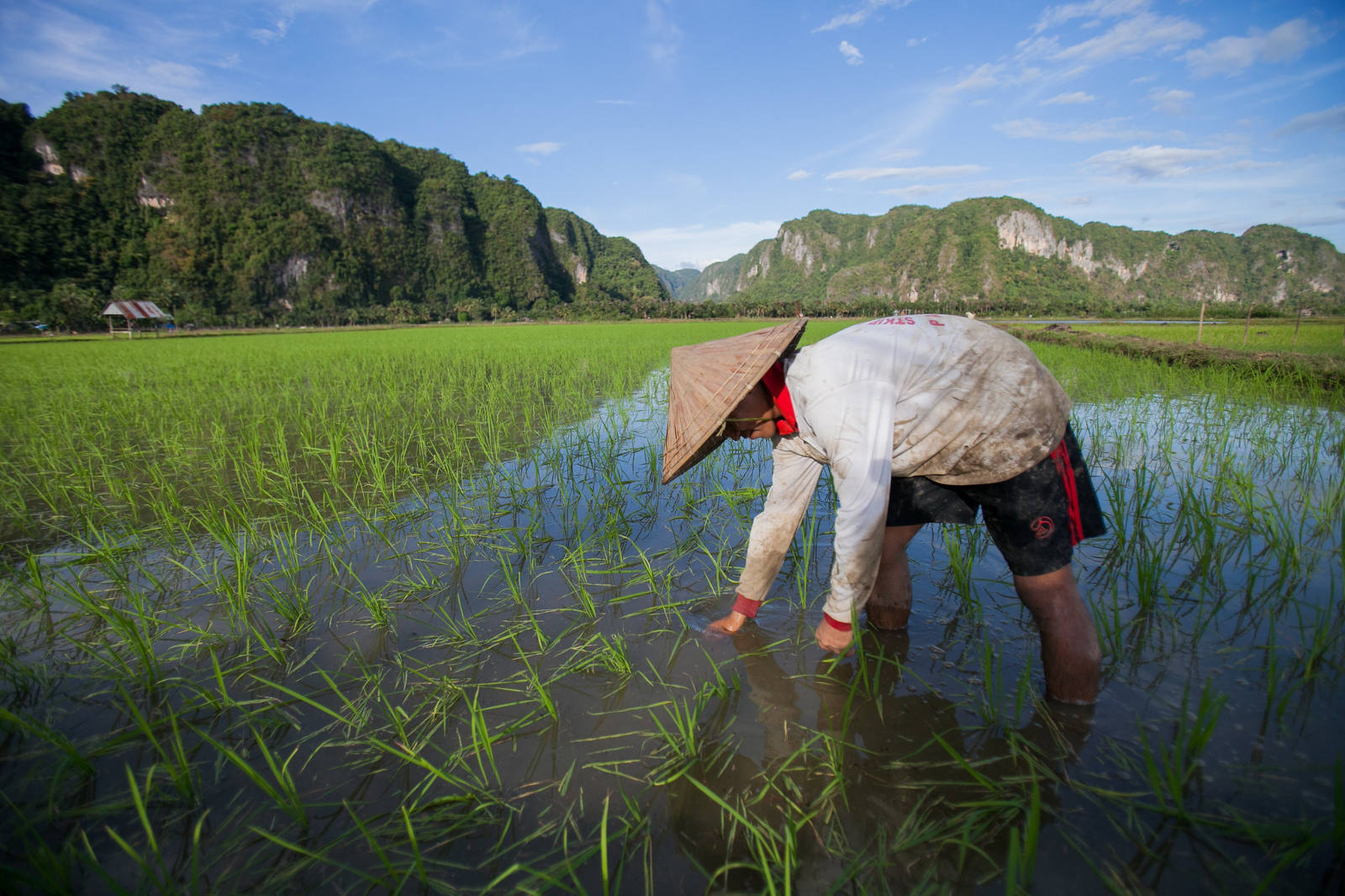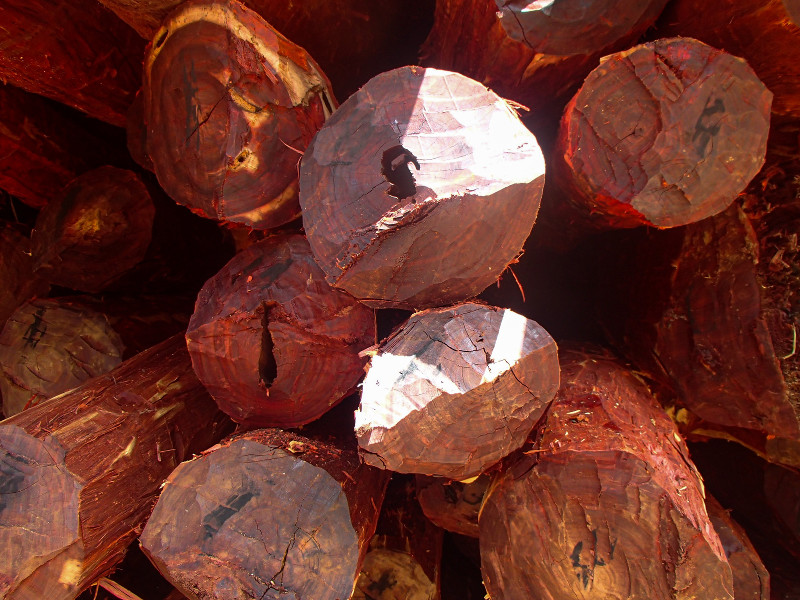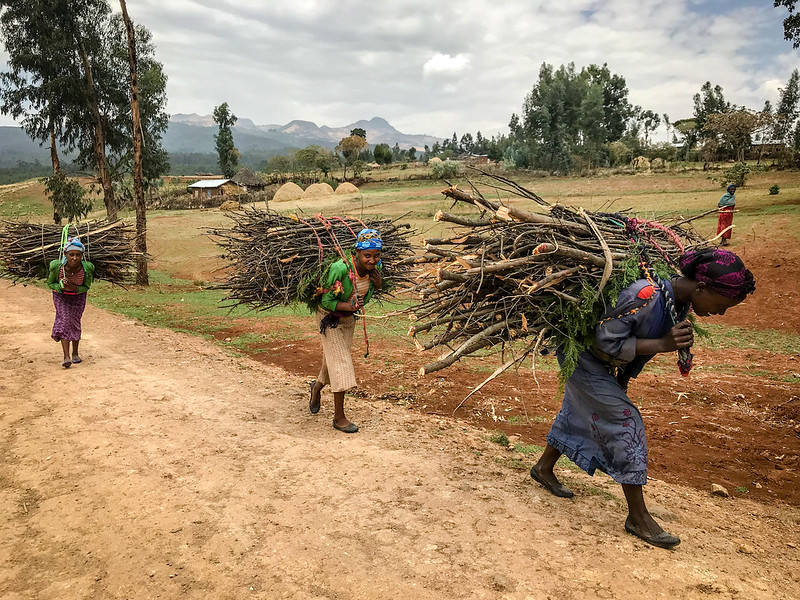Quantifying water lost through evaporation and transpiration in a cropping system is an important tool in adapting a system for semi-arid conditions. During two cropping seasons in eastern Kenya, light interception and soil water content were measured in several different cropping systems: monocultures of cowpea (Vigna unguiculata (L.) Walp.), maize (Zea mays cv. Katumani), Senna spectabilis cv. Embu managed as a hedge, and hedge intercrops of cowpea and maize. These systems differed with respect to plant population density, maximum light interception (44–75%) and canopy height (0.5–2.0 m). Parameters in the EPIC model for leaf area development were derived from periodically-measured light interception in the different systems. Daily light interception predicted from the leaf area was used to partition potential evapotranspiration into potential evaporation and potential transpiration. A simple water balance model was used to predict actual transpiration and actual soil evaporation. Predicted values of water loss during the two seasons correlated closely with measured values (r2 = 0.85 and 0.91; slope = 1.00 and 1.01). In both seasons, the model predicted that soil evaporation comprised approximately half (42–58%) of the estimated evapotranspiration. This study suggests that evapotranspiration can be predicted for a variety of cropping systems when light interception measurements are used in conjunction with a simple model of plant water uptake. It also demonstrates the difficulty of maximizing plant water use in agroforestry systems in semi-arid environments when the canopies of both annual crops and hedges develop simultaneously.
DOI:
https://doi.org/10.1016/0168-1923(95)02303-8
Altmetric score:
Dimensions Citation Count:
02303-8&apiKey=3948bb216041dbffcb29a618defafc29&httpAccept=image%2Fjpeg)
Publication year
1996
Authors
McIntyre, B.; Riha, S.; Ong, C.
Language
English
Keywords
cropping systems, semiarid zones, soil water content, water loss, evapotranspiration, hedgerow, agroforestry systems
Geographic
Kenya











